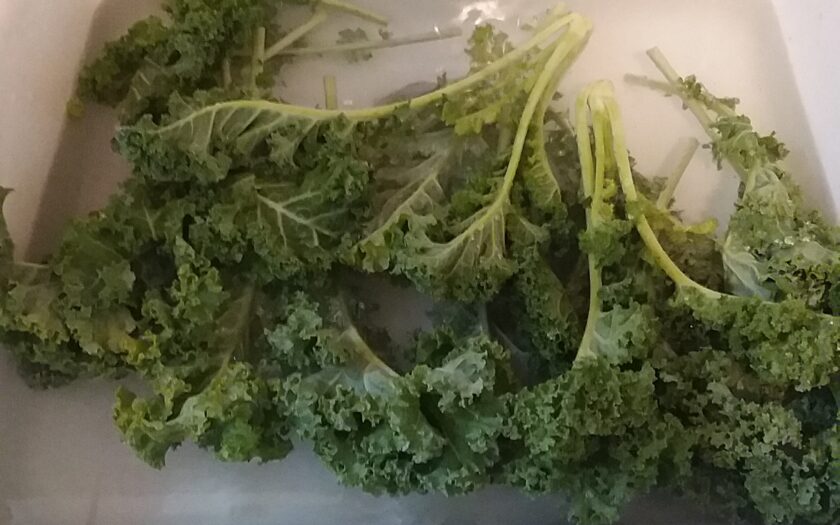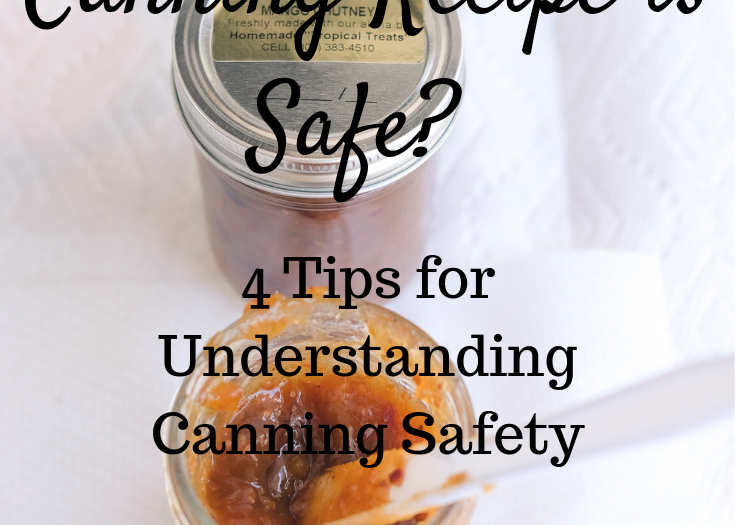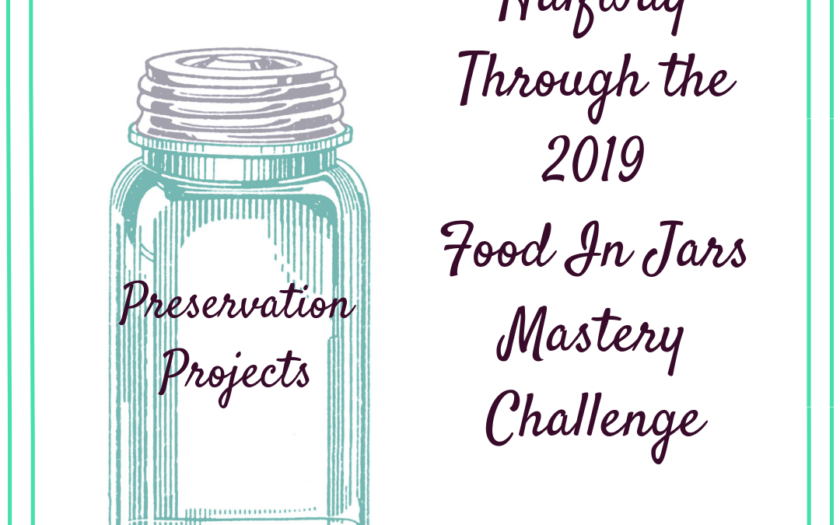
Many people don’t can food at home because they think it will kill or sicken them.
This is a kind of extreme position.
Yes, indeed, it is possible to can at home very unsafely. However, following basic precautions and using common sense goes a long way towards keeping your canned food safe to eat.*
I think we can relax a little. I can a lot, and have not yet been poisoned. While this evidence is anecdotal at best, there’s also science on my side. Short story: if you heat things enough, and the acid is high enough, the bacteria will be dead. DEAD. Because of SCIENCE.
Safe canning is not a mystery. We know a lot about bacteria and how to prevent them from hurting us. Loads of research has been done, and basic precautions have been developed because they work. If you follow the accepted safety standards, you’re going to be fine.
The elephant in the room is botulism, of course. Botulism is fairly rare, but what it lacks in frequency it makes up for in deadliness. Unlike some other kinds of bacteria, Clostridium Botulinum, which can trigger botulism, flourishes without oxygen, in low-acid environments, and loves temps from 40-120 degrees. So food that is canned inappropriately is a perfect combination of factors to encourage it to blossom into poison. Your canning must be hot enough and/or acidic enough to knock it out, or you’re in danger. Neurotoxic danger.
Some foods are safely canned in boiling water baths, because they are high in acid. Clostridium Botulinum does not like acid one bit. If your food is low-acid, it must be pressure canned. Even if your grandmother canned green beans in boiling water for years without poisoning a single person, it’s still not safe. Don’t do it.
Botulism is at the high end of risk. You’re way more likely to ruin your canning with some other thing. Other risks include mold, yeast, and other kinds of bacteria. These may not give you deadly neurotoxic food poisoning that inhibits your breathing and disturbs your vision, but they can still make you sick or ruin all your hard work.
Reduce this risk by:
- Canning things in the appropriate manner. Pressure can anything low in acid.
- Using good, not rotten or over ripe produce.
- Using clean jars.
- Keeping your work area clean.
- Canning for the recommended length of time.
- Check to make sure your jars sealed.
- If anything looks or smells weird when you open it, don’t eat it, silly!
The nice thing about home canning precautions is none of them are hard. It’s not like you need to follow elaborate procedures with a centrifuge only under a full moon to be safe. Just be clean, heat things up, follow directions and pay attention to the acid content. You’ll be fine.
*These are all my opinions, and not a substitute for legitimate safety advice. Check out your University extensions advice for canning safely in your location and altitude.








